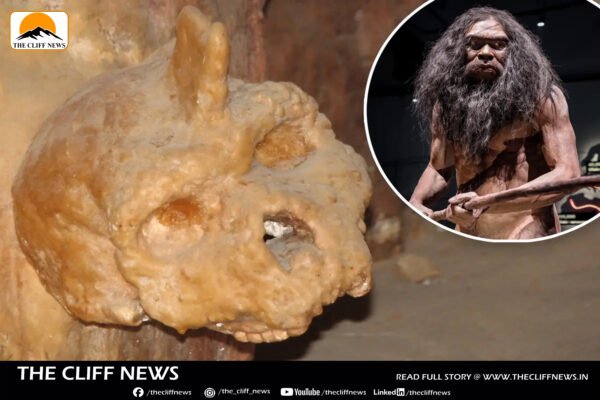Scientists May Have Finally Identified the 300,000-Year-Old Petralona Skull
A mysterious skull discovered over six decades ago in Petralona Cave, northern Greece, may finally have its identity confirmed. Using uranium-thorium dating, researchers have determined the fossil—long debated among anthropologists—to be at least 286,000 years old, belonging to the extinct human ancestor Homo heidelbergensis. The Skull’s History Latest Findings Significance The study, published in the Journal of Human Evolution, notes that the Petralona skull supports the idea of coexistence between evolving Neanderthals and other hominins during the Middle Pleistocene in Europe. Researchers also observed similarities between the Greek skull and the Kabwe (Broken Hill) skull found in Zambia, which is also attributed to Homo heidelbergensis and dated to around 300,000 years ago. Broader Implications The new evidence places the Petralona hominin within a distinct, more primitive group than both Neanderthals and modern humans, reshaping our understanding of the complex evolutionary web in Eurasia before Homo sapiens arrived.










